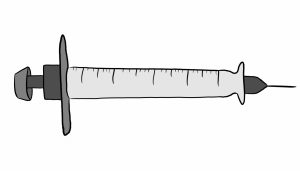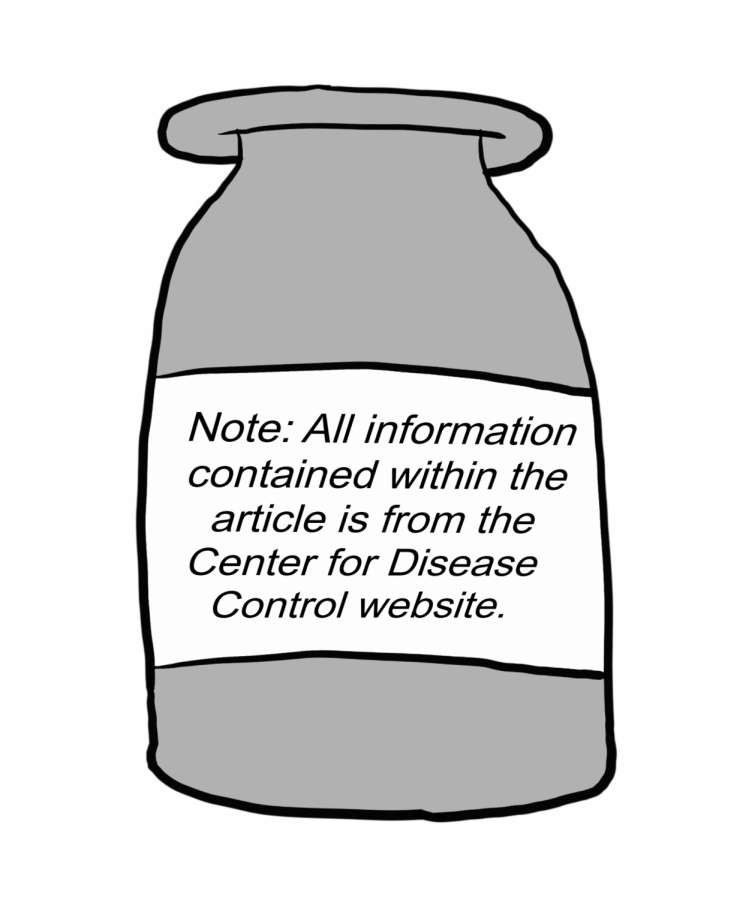DISTANCE LEARNING: What’s the difference? Breaking down the three current COVID-19 vaccines in the US
Note: All information contained within the article is from the Center for Disease Control website.
As of April 2021, there are three vaccines being distributed to the public in the U.S.: Pfizer-BioNTech, Moderna, and Johnson and Johnson’s Janssen. Traditionally, vaccines have been protein subunit, where a harmless portion of the virus is injected into the body to trigger an immune response. Two of the novel COVID vaccines, however, Pfizer-BioNTech and Moderna, are mRNA vaccines, and Johnson and Johnson’s Janssen is a viral vector vaccine. Each type has its own method of triggering the body to recognize and defend itself from a virus. If the vaccine requires two doses, recipients are still susceptible to the virus until they have received both shots. For the COVID-19 vaccines, the body will require approximately two weeks to develop immunity.
Pfizer-BioNTech
The Pfizer-BioNTech vaccine is manufactured by Pfizer Inc. and BioNTech. It is an mRNA vaccine, meaning it teaches cells how to make specific proteins that will start the immune response process, unlike other vaccines that insert an inactive portion of the virus into the body. At the moment, the Pfizer vaccine has the highest effectiveness rate of 95%. Pfizer has the youngest vaccine age requirement at 16 years of age. Pfizer uses two separate shots that need to be received 21 days apart.
Moderna
The Moderna vaccine is manufactured by ModernaTX Inc. Like Pfizer, Moderna is also an mRNA vaccine, so instead of inserting a weakened portion of the virus into the body, the vaccine teaches cells to create proteins that will build immunity over time. Moderna has a 94.1% effectiveness rate, and recipients must be at least 18 years old to receive it. Similar to Pfizer, Moderna requires two separate doses but 28 days apart.
Johnson and Johnson’s Janssen
Johnson and Johnson’s Janssen vaccine is the most recent of the coronavirus vaccines and was created by Janssen Pharmaceuticals Companies of Johnson and Johnson. This vaccine has the lowest effectiveness rate of all the vaccines at 66.3%. The Johnson and Johnson vaccine is not an mRNA vaccine; instead, it is a viral vector vaccine. Viral vector vaccines utilize a modified version of a different virus to trigger and build immunity. Furthermore, this vaccine only requires one dose. Individuals must be 18 years or older to receive the Johnson and Johnson vaccine.



